Rutabaga: 6 Benefits, Nutrition Facts & Easy Recipes
Switch your turnips and sweet potatoes with this root veggie to boost your wellness.
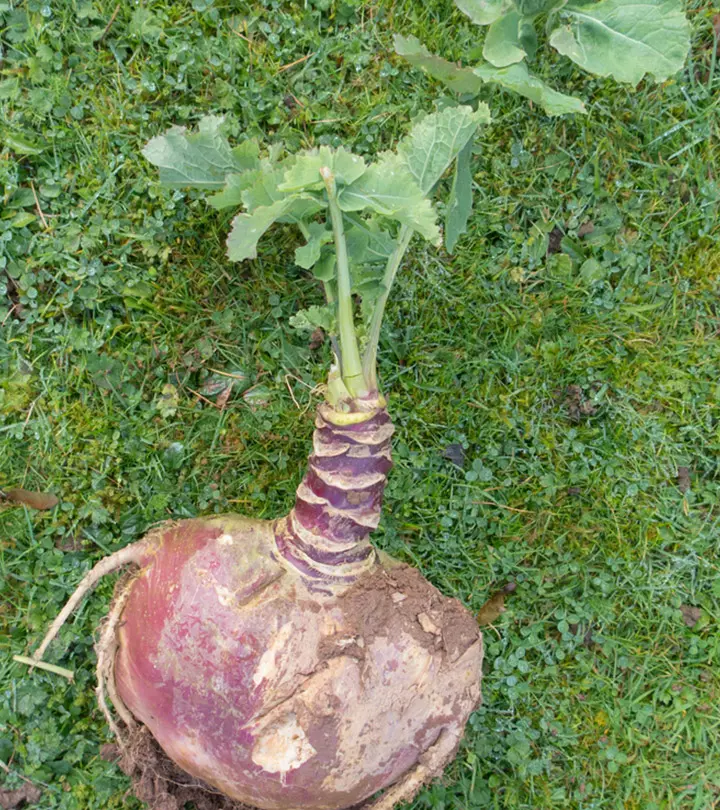
Image: Shutterstock
Rutabaga (Brassica napus), also known as Swedish turnip or Swede, is a root vegetable. This Northern European cuisine staple is often said to be a cross between cabbage and turnip. It belongs to the cruciferous family, and the benefits of rutabaga can be attributed to its essential nutrients. Rutabaga is also rich in dietary fiber and antioxidants that offer a wide range of health benefits, including improved digestion and reduced cancer risk.
This article explores the types, nutrition, health benefits, recipes, and possible side effects of rutabaga. Keep reading.
In This Article
What Does Rutabaga Look Like?
Rutabaga is brownish-yellow or purple on the outside and yellow or white on the inside. It has a strong flavor and an earthy smell. It tastes milder than a turnip when raw, but when cooked, tastes slightly sweet and buttery (like sweet potatoes). You can add the roots, tops, and leaves of rutabaga to your diet to reap their benefits.

 Did You Know?
Did You Know?Rutabagas are classified into many types based on their shape and color. Here are the most common varieties.
Key Takeaways
- There are five types of rutabagas — American purple top, Joan, Laurentian, sweet Russian, and Marian.
- Rutabagas may improve digestion, aid weight loss, boost immunity, and improve bone and heart health.
- While it is mostly considered safe, it may cause allergic reactions in some cases.
- When storing rutabaga in the fridge, keep it away from raw meat to avoid contamination or spoilage.
Types Of Rutabaga
- American Purple Top
This is the most common type of rutabaga, and its flesh has a mild flavor. It has a purplish top and a yellow or cream-colored bottom. It is firm and sweet, and turns into rich orange when cooked.
- Joan
This type of rutabaga is uniformly round with purple tops. It is sweet and mild when young, but the flavor enhances with maturity. Besides, joan rutabaga is known to be disease-resistant.
- Laurentian
This rutabaga is a Canadian native and is elongated. It is cream-colored with a red top and mild flavor.
- Sweet Russian
This Russian variety is sweet and delicious. It is highly resistant to frosty cold conditions.
 Trivia
Trivia- Marian
Marian rutabagas are large and can grow up to 8 inches in diameter. These are yellowish with purple tops. You can store these in your root cellar for up to four months.
- Laurentian Rutabaga
The Laurentian rutabaga, a cold-resistant root vegetable, boasts a distinctive flavor and nutritional richness. Originating from the Laurentian region, it thrives in cooler climates, developing a sweet and peppery taste. With a vibrant purple hue and yellow flesh, this hardy vegetable is a versatile culinary delight. Ideal for roasting, mashing, or adding to stews, the Laurentian Rutabaga introduces a unique twist to traditional dishes.
- Wilhelmsburg Rutabaga
The German green top rutabaga is a cherished heirloom with historical roots in Northern Europe, including the notable Wilhelmsburg region. It is recognized for its large, white-skinned roots and unique green tops and was bred in 1935. Its fine-textured, golden flesh remains free from bitterness or coarse fiber, making it a culinary standout.
In addition, long island improved rutabagas have small taproots with large bulbs.
Rutabagas are a rich source of essential nutrients. We will explore more in the next section.
Nutritional Profile Of Rutabaga
According to the U.S. Department of Agriculture, one medium (386g) raw rutabaga contains (1):
| Calories | 143 |
| Protein | 4.17g |
| Fat | 0.618g |
| Carbohydrate | 33.3g |
| Fiber | 8.88g |
| Sugar | 17.2g |
| Calcium | 166 mg |
| Magnesium | 77.2 mg |
| Phosphorus | 205 mg |
| Potassium | 1180 mg |
| Vitamin C | 96.5 mg |
| Vitamin E | 1.16 mg |
Besides, rutabaga also contains antioxidants, amino acids, and fatty acids. But how do these nutrients benefit your health? Keep scrolling to discover the top six health benefits of rutabaga.
Health Benefits Of Rutabaga
1. May Improve Digestion
Rutabagas are rich in fiber (1). Consuming foods rich in dietary fiber helps prevent hemorrhoids and diverticular disease (formation of bulges or sacks on colon walls). Insoluble fiber also regulates bowel movements. It attracts water and helps soften stool, making it easier to pass. This helps prevent constipation and improves stool frequency in people with constipation (2),(3). Moreover, rutabaga may also improve intestinal function with its fiber content (4).
2. May Help With Weight Loss
Felicia Newell, RDN, says, “Rutabagas are not only low in calories but also rich in vitamins, minerals, fiber, and antioxidants. Foods that are low in calories but high in other nutrients can support weight loss.” According to the World Health Organization and the USDA, rutabaga is one of the zero-point foods that do not require any measuring or self-monitoring. Hence, it is considered a low-risk food for over-consumption (5).
Studies also link high fiber intake with weight loss. An increased consumption of dietary fiber reduces energy absorption. Soluble fiber, when fermented in the large intestine, produces two gut hormones (peptide and peptide YY) that may help induce satiety (6).
Looking for more dietary options that help in weight loss? Yes! You can go for leafy greens, eggs, salads, and fiber-rich food to support your weight-loss journey. You can also try turnips. Turnips’ benefits include aiding in weight management. Turnips can be eaten cooked or raw. They can be baked into chips for a healthy snack.
3. May Have Anticancer Properties
Cruciferous vegetables like rutabaga are rich in antioxidants that may help reduce cancer risk. These vegetables contain glucosinolates (sulphur compounds) that may protect against lung and alimentary tract cancers (7), (8). A study found that rutabaga extracts (seeds, roots, and sprouts) have the potential to induce apoptosis (inducing programmed cell death of cancer cells) (9). Another study conducted by Oregon State University (USA) found that phytochemicals (sulforaphane and indole-3-carbinol) present in these vegetables may help prevent prostate cancer (10).
4. May Boost Immune Health
Rutabagas are rich in vitamin C, which can boost the immune system, reduce the severity of allergic reactions, and help fight infections. The vitamin helps relieve the symptoms of respiratory tract infections and common cold, and fight pneumonia, diarrhea, and malaria better (11),(12). Vitamin C may also help prevent many systemic infections (affect the entire body) (13).
5. May Improve Heart Health
Rutabagas are high in potassium, which helps lower blood pressure in people with hypertension. Its increased intake may decrease the risk of heart failure, left ventricular hypertrophy (defective pumping by the heart’s left chamber) and ventricular arrhythmias (abnormal heartbeats) in patients with ischaemic heart disease (14). High potassium intake is also linked with a 24% lower risk of stroke (15).
Hypokalemia (very low potassium levels in the blood) is linked with an increased risk of arrhythmia in patients with cardiovascular disease. This condition may also increase the risk of all-cause, cardiovascular, and heart failure mortality by up to 10-fold (16).
6. Promotes Bone Health
The bioactive compounds in cruciferous vegetables show beneficial effects on bone metabolism (replacing a damaged bone tissue with a new one) (17). Minerals like calcium and magnesium in rutabagas help strengthen bones. A study conducted by the University College (Ireland) found that calcium intake may reduce the rate of loss of bone mineral density in postmenopausal women and elderly men (18). Additionally, consuming magnesium-rich foods may also help prevent osteoporosis (weak and brittle bones) (19).
As per a study, osteoporosis affects 200 million people globally, with a higher incidence in those aged 80 and above, particularly females. In the developed world, 2% to 8% of males and 9% to 38% of females experience osteoporosis. Worldwide, osteoporosis causes about 9 million fractures annually, and among those over 50, 1 in 3 females and 1 in 5 males experience a fracture.
These are some major benefits of rutabaga. But the vegetable may also have some potential risks you must be wary of. Check them out in the next section.
Risks Associated With Rutabaga
There are no recorded side effects of rutabaga. However, some people may experience oral allergy symptoms after consuming foods from the Brassica family (20). The symptoms may include swelling of the mouth, lips, or throat. Consult your doctor immediately if you suspect an allergy to rutabaga.
If you have hypothyroidism, consult your dietitian before consuming rutabaga as it is rich in glucosinolates, which interfere with iodine metabolism and worsen your condition.
Are Rutabaga And Potato The Same? If Not, How Do They Differ?
Rutabaga Vs. Potato
Both rutabaga and potato are cooked similarly. However, rutabaga is sweeter and less starchy than potato. It is also lower in calories. One cup of boiled rutabaga offers 51 calories as compared to 249 calories a cup of mashed potatoes offers (21), (22). Hence, rutabaga can be a great addition to your diet if you are adopting a low-carb lifestyle.
Rutabagas need proper storage conditions to enhance their shelf life. How do you go about it? Read on to know.
How To Store Rutabaga?
Rutabagas can last up to five or six months if stored in the refrigerator. Remember to keep them away from raw meat to prevent contamination or spoilage. Rutabaga puree can last a year if kept in the freezer.
Rutabagas can be eaten raw or cooked, and their recipes are simple to prepare. Here are the three delicious recipes you can try at home.
3 Easy And Delicious Rutabaga Recipes To Try
1. Rutabaga Fries
What You Need
- Rutabaga – 1 (cut into spears)
- Paprika – 2 teaspoons
- Olive oil – 2 tablespoons
- Garlic powder – 1 teaspoon
- Salt and pepper – To taste
Process
- Preheat the oven to 425°F.
- Line a baking sheet with parchment paper.
- Combine rutabaga spears with oil and spices. Toss until they are evenly coated.
- Lay rutabaga spears onto a baking sheet, leaving space in between.
- Bake for 30 minutes, flipping the rutabaga spears halfway through – they should be cooked through and crisped on the outside.
2. Farro Salad With Roasted Rutabaga, Ricotta Salata, And Hazelnuts
What You Need
- Rutabaga – 1½ pounds (peeled and cut into pieces)
- Farro – 1½ cups
- Ricotta salata – ½ cup
- Toasted, chopped hazelnuts – ½ cup
- Extra virgin essential oil – 5 tablespoons
- Finely chopped shallot – 2 tablespoons
- Maple syrup – 1 tablespoon
- Kosher salt – ¾ teaspoon
- Red wine vinegar – 2 teaspoons
- Garlic clove – 1
- Watercress – 2 bunches
Process
- Preheat the oven to 400°F. Toss the rutabaga pieces with two tablespoons of oil, maple syrup, ½ teaspoon salt, and black pepper (to taste).
- Spread on a baking sheet and roast, stirring once or twice, until the rutabaga is very tender and browned (for 30 to 40 minutes).
- Meanwhile, bring a large pot of salted water to a boil and add the farro.
- Cook until tender. This can take from 20 minutes to an hour, depending upon the type of farro used. Add more water if necessary.
- Whisk the shallot, vinegar, garlic, and ¼ teaspoon salt in a large bowl.
- Add three tablespoons of olive oil and some pepper.
- Drain farro and add to the bowl along with rutabaga, tossing everything well.
- Let it cool slightly and add cheese and hazelnuts. Taste and add more salt, pepper, and olive oil if necessary.
- Drizzle watercress or arugula with a little oil and vinegar in another bowl and toss well.
- Serve farro on a bed of watercress.
3. Greek Style Oven Roasted Rutabaga
What You Need
- Rutabagas – 2 (about 750g)
- Extra-virgin olive oil – ¼ cup
- Lime juice – 2 tablespoons
- Finely chopped fresh thyme – 2 tablespoons
- Dijon mustard – 2 tablespoons
- Himalayan salt – 1 teaspoon
- Onion powder – 1 teaspoon
- Garlic powder – 1 teaspoon
- Smoked paprika – ½ teaspoon
- Dried oregano – 1 teaspoon
- Chili pepper flakes – ½ teaspoon
Process
- Preheat the oven to 400°F.
- Peel the rutabagas and cut them into roughly two-inch chunks. Add them to a large mixing bowl.
- Add the rest of the ingredients in a separate bowl and mix vigorously with a whisk until well combined.
- Pour that sauce over the rutabagas and toss with a spoon until all the pieces are evenly coated.
- Spread the rutabaga in a single layer across a broiler pan. Leave room between the pieces to allow the air to circulate freely.
- Cover with aluminum foil and bake for 30 minutes. Remove the foil and lower the heat to 375°F.
- Continue baking, stirring 2 or 3 times during the process, until the rutabaga is fork-tender and starts to caramelize around the edges (about 25 minutes).
- Remove from the oven once the rutabaga has reached the desired color and doneness. Sprinkle salt.
- Let it cool for a few minutes and serve. Garnish with fresh herbs and a dribble of extra-virgin olive oil if desired.
Buck, a YouTuber, has tried an interesting recipe with rutabaga and shared his experience in a video. After he is done cooking, his partner tastes it and says, “Rutabaga has enough flavor on its own but the rosemary is a great touch (i).”
Rutabaga is a Swedish turnip-like nutrient-dense root vegetable. It commonly added in salads, fries, and other savory dishes. Rutabaga is loaded with beneficial nutrients, antioxidants, vitamins, and minerals that promote good health. The benefits of rutabaga range from boosting immunity to promoting heart health. It may also help promote digestion and aid in weight loss. If you plan to consume raw rutabaga, you should peel the skin first as it may contain wax. However, excessive consumption can lead to a few side effects. If you experience any adverse effects, limit its use and seek medical advice.
Frequently Asked Questions
What cuisine commonly uses rutabaga?
Rutabaga is popular in Scandinavian, British, and Eastern European cuisines. It is often featured in soups, stews, and roasted vegetable dishes, and can also be served as a mashed or pureed side dish.
Is rutabaga a superfood?
No, rutabaga is not a superfood.
Does rutabaga make you gassy?
The presence of raffinose in rutabaga may cause bloating and flatulence for some people.
Will rutabagas raise blood sugar?
No, rutabagas may not raise blood sugar (4).
Is rutabaga keto-friendly?
Anyone following a keto diet can consume rutabaga with low carbs.
Can people with diabetes eat rutabaga?
Yes, people with diabetes can eat rutabaga.
Personal Experience: Source
StyleCraze's articles are interwoven with authentic personal narratives that provide depth and resonance to our content. Below are the sources of the personal accounts referenced in this article.
(i). Rutabaga 101 and easy Rutabaga Recipehttps://www.youtube.com/watch?v=5ri5MloaDgI
References
Articles on StyleCraze are backed by verified information from peer-reviewed and academic research papers, reputed organizations, research institutions, and medical associations to ensure accuracy and relevance. Read our editorial policy to learn more.
- Rutabagas raw
https://fdc.nal.usda.gov/fdc-app.html#/food-details/168454/nutrients - High Fiber Diet
https://www.ncbi.nlm.nih.gov/books/NBK559033/ - Effect of dietary fiber on constipation: a meta analysis
https://pubmed.ncbi.nlm.nih.gov/23326148/ - Effect of dietary fiber concentrated from \’celery\’ \’parsnip\’ and rutabaga on \’intestinal function\’ \’serum cholesterol\’ and blood glucose response in rats
https://pubs.acs.org/doi/abs/10.1021/jf00091a043 - Examination of a partial dietary self‐monitoring approach for behavioral weight management
https://www.ncbi.nlm.nih.gov/labs/pmc/articles/PMC7448156/ - Effects of Dietary Fiber and Its Components on Metabolic Health
https://www.ncbi.nlm.nih.gov/labs/pmc/articles/PMC3257631/ - Glucosinolates in Brassica foods: bioavailability in food and significance for human health
https://link.springer.com/article/10.1007/s11101-007-9072-2 - Glucosinolates: bioavailability and importance to health
https://pubmed.ncbi.nlm.nih.gov/11887749/ - Rutabaga (Brassica napus L. var. napobrassica) \’seeds\’ \’roots\’ and sprouts: a novel kind of food with antioxidant properties and proapoptotic potential in Hep G2 hepatoma cell line
https://pubmed.ncbi.nlm.nih.gov/23957358/ - Phytochemicals from cruciferous \’vegetables\’ \’epigenetics\’ and prostate cancer prevention
https://pubmed.ncbi.nlm.nih.gov/23800833/ - Vitamin C in Disease Prevention and Cure: An Overview
https://www.ncbi.nlm.nih.gov/pmc/articles/PMC3783921/ - Immune-enhancing role of vitamin C and zinc and effect on clinical conditions
https://pubmed.ncbi.nlm.nih.gov/16373990/ - Vitamin C and Immune Function
https://www.mdpi.com/2072-6643/9/11/1211 - Beneficial effects of potassium on human health
https://pubmed.ncbi.nlm.nih.gov/18724413/ - Effect of increased potassium intake on cardiovascular risk factors and disease: systematic review and meta-analyses
https://pubmed.ncbi.nlm.nih.gov/23558164/ - Hypokalemia and sudden cardiac death
https://www.ncbi.nlm.nih.gov/labs/pmc/articles/PMC3016067/ - Cruciferous vegetables: Prototypic anti-inflammatory food components
https://www.researchgate.net/publication/283165439_Cruciferous_vegetables_Prototypic_anti-inflammatory_food_components - The role of dietary calcium in bone health
https://pubmed.ncbi.nlm.nih.gov/15018485/ - Magnesium and Osteoporosis: Current State of Knowledge and Future Research Directions
https://www.ncbi.nlm.nih.gov/labs/pmc/articles/PMC3775240/ - Anaphylaxis to cabbage: detection of allergens
https://pubmed.ncbi.nlm.nih.gov/3565859/ - \’Rutabagas\’ \’cooked\’ \’boiled\’ \’drained\’ without salt
https://fdc.nal.usda.gov/fdc-app.html#/food-details/168455/nutrients - \’Sweet potato\’ \’cooked\’ \’boiled\’ \’without skin\’ with salt
https://fdc.nal.usda.gov/fdc-app.html#/food-details/170541/nutrients - Turnips: 12 Impressive Health Benefits, Nutritional Value, And How To Eat
- 18 Important Health Benefits Of Beetroot + Nutrition Facts
- What Is Kohlrabi: Nutrition, Benefits, and Uses
- 21 Amazing Benefits Of Zucchini For Skin, Hair, And Health
Read full bio of Dr. Archna Agrawal
Read full bio of Sindhu Koganti
Read full bio of Ravi Teja Tadimalla
Read full bio of Himanshi Mahajan






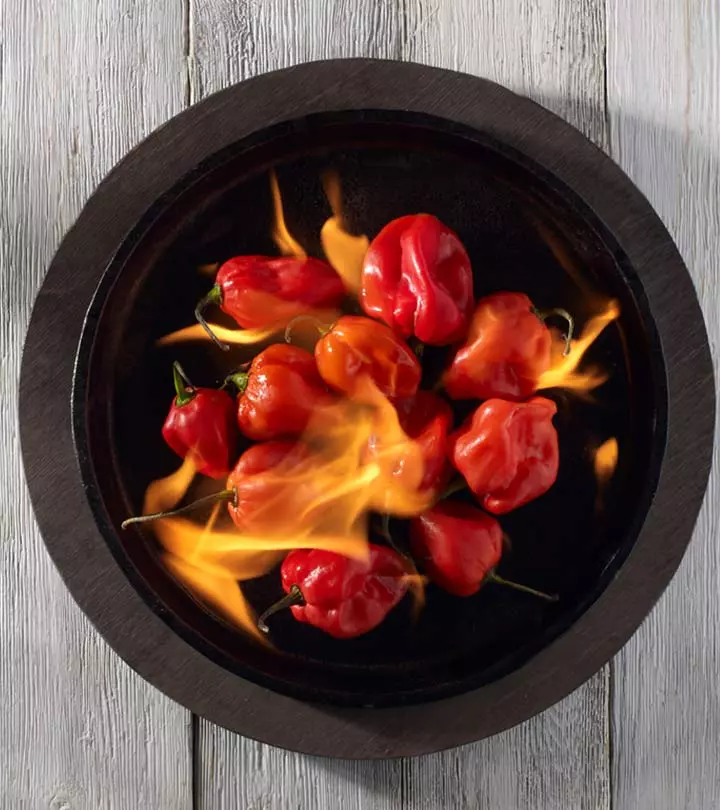

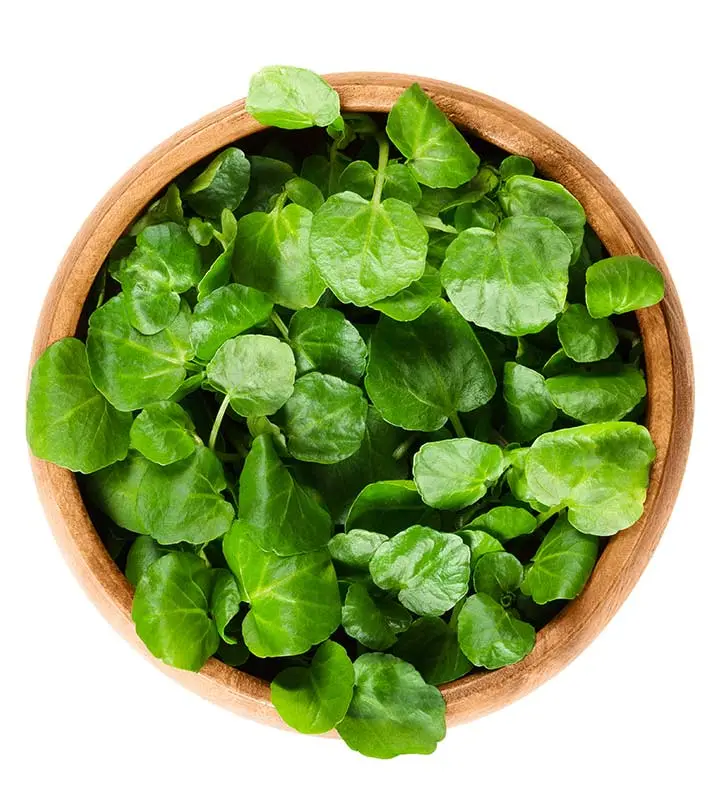
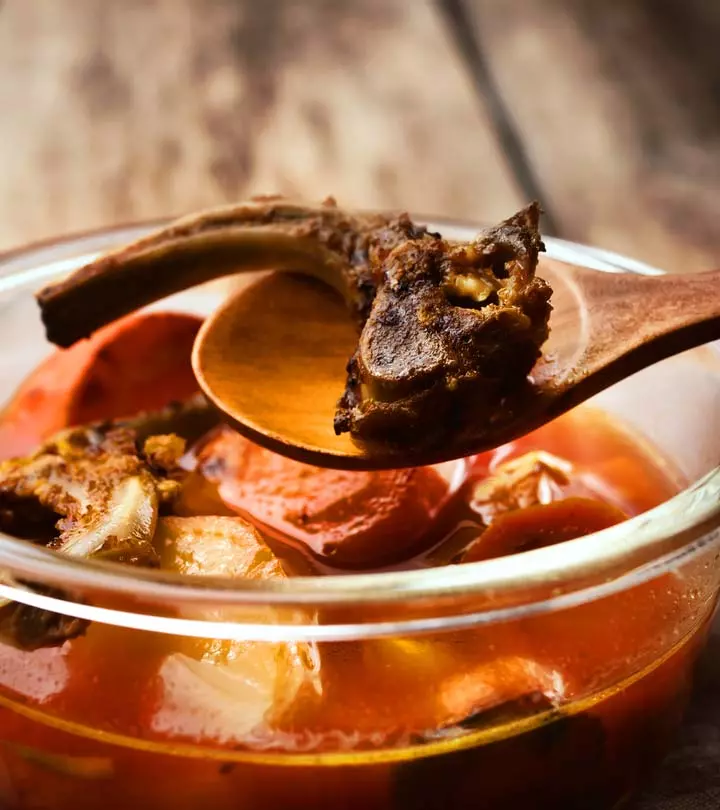
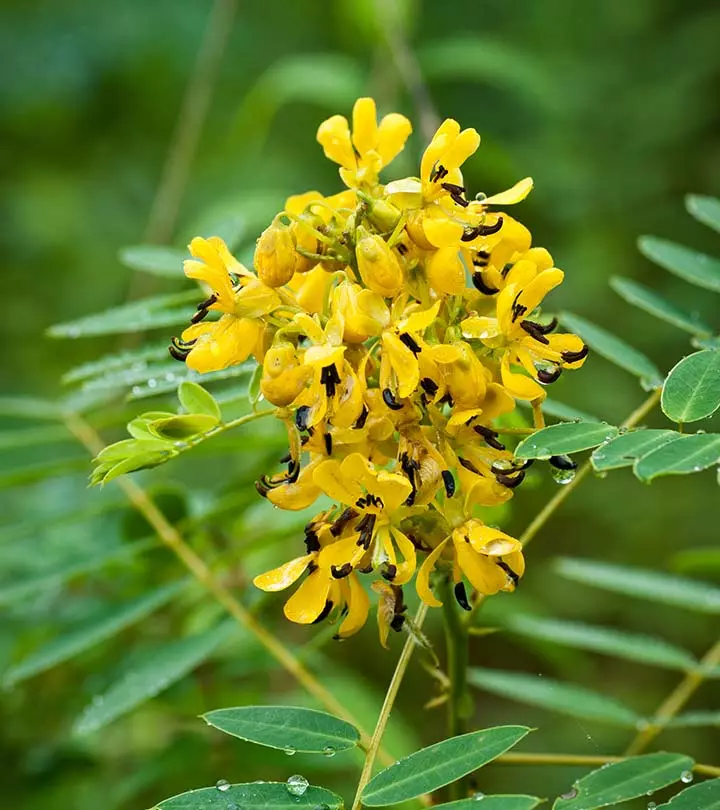




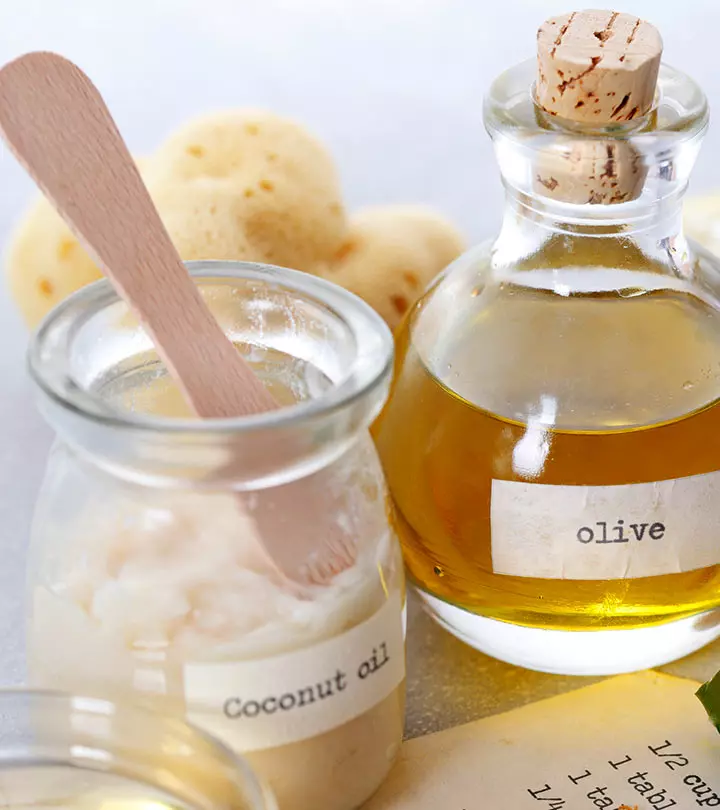


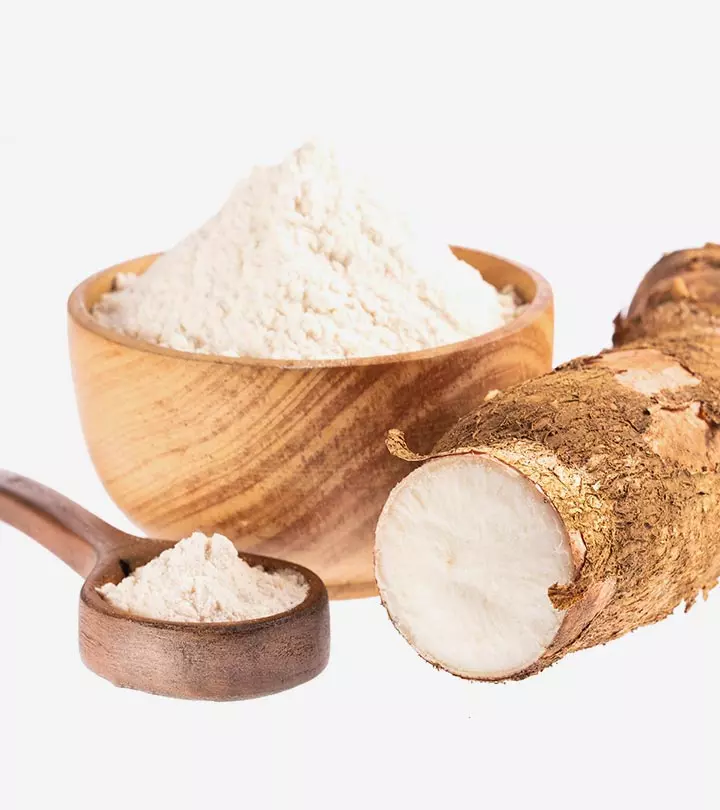
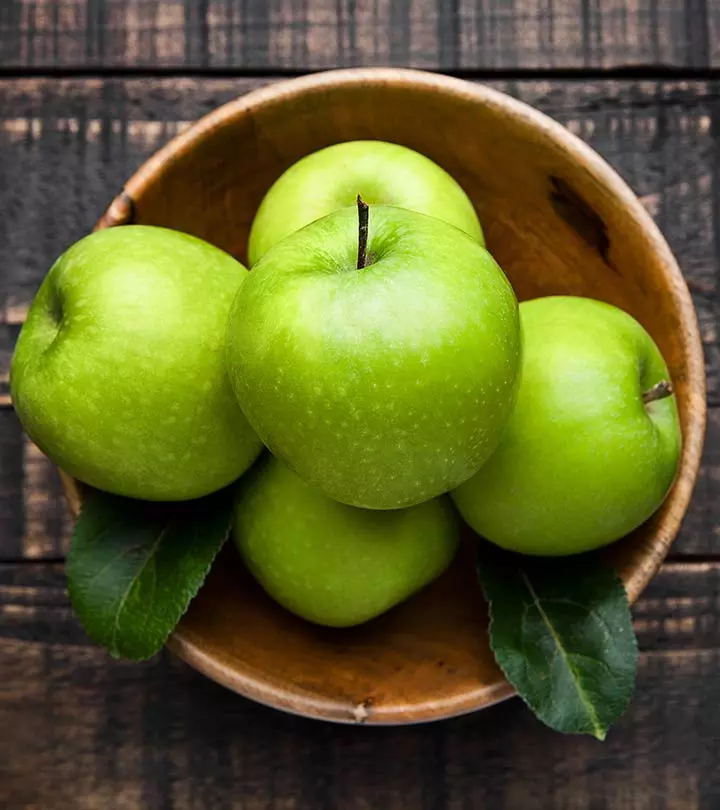
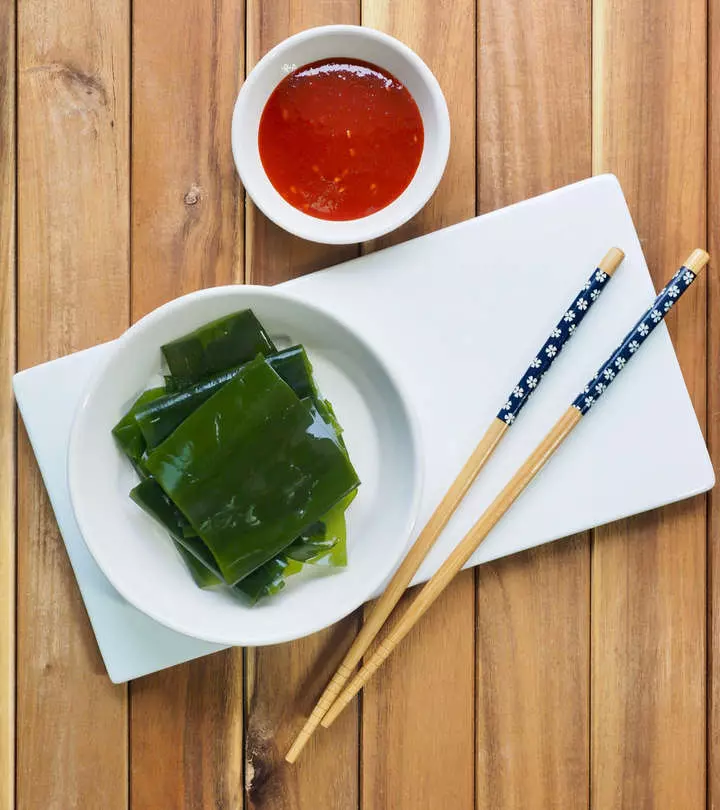
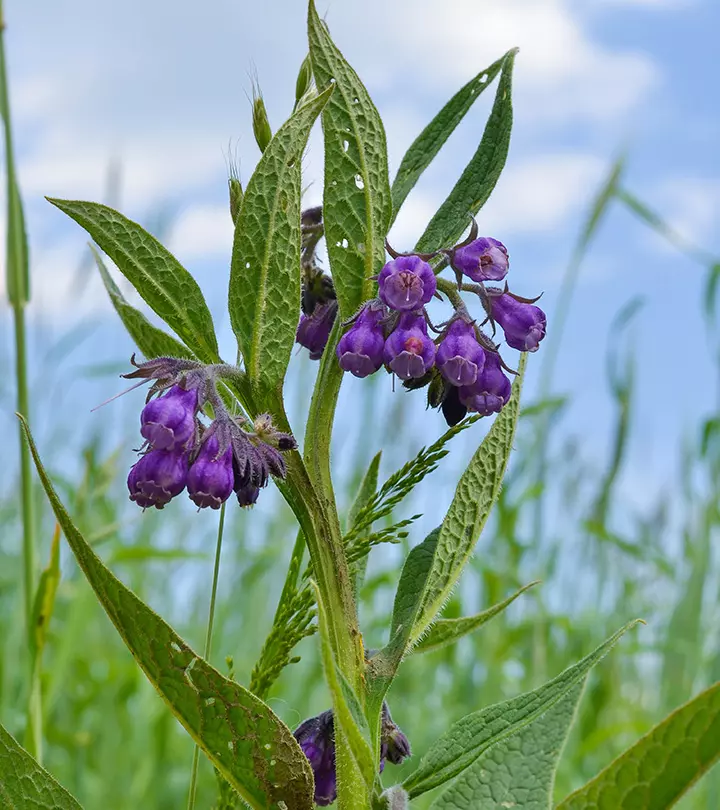
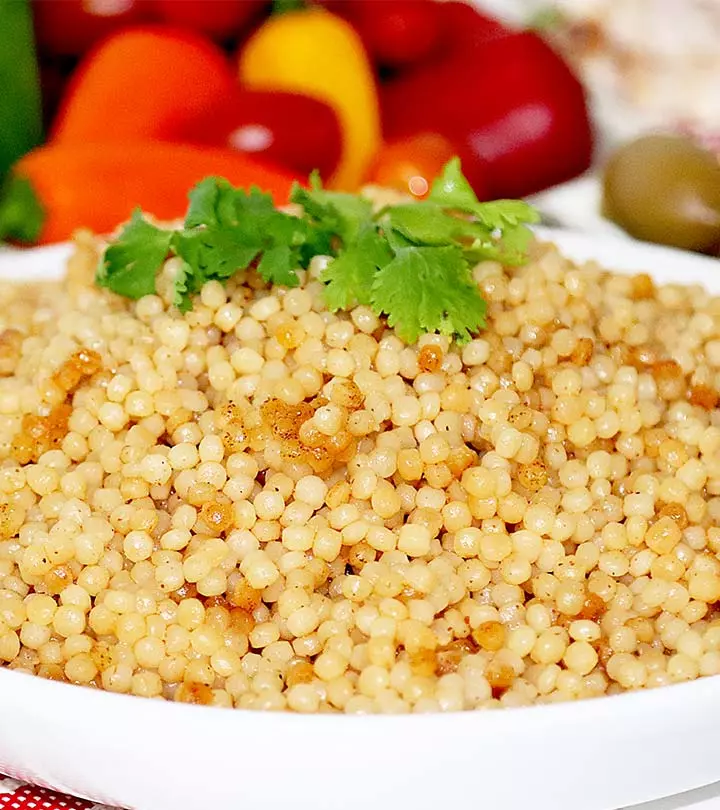
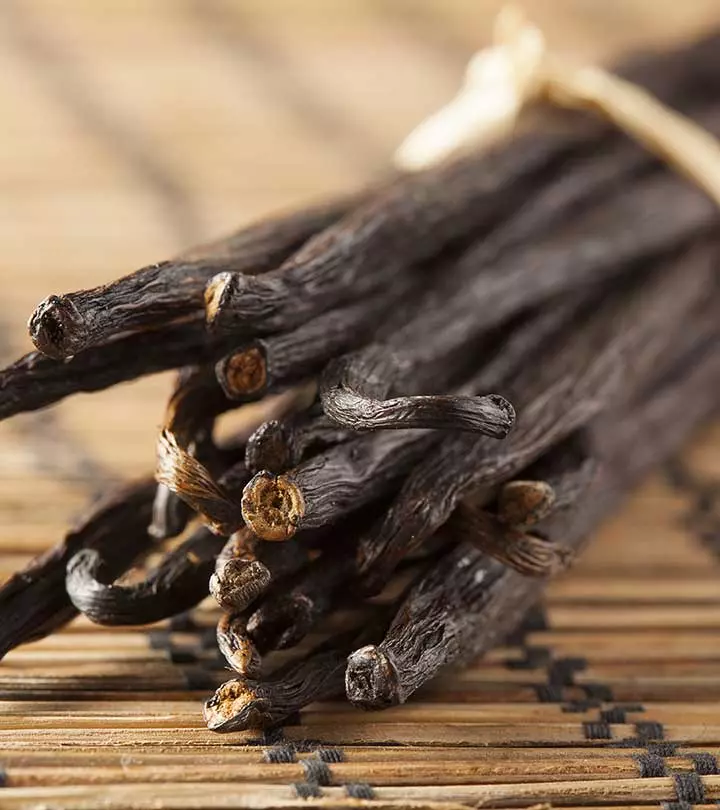
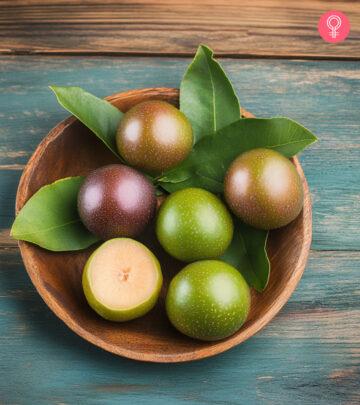
Community Experiences
Join the conversation and become a part of our empowering community! Share your stories, experiences, and insights to connect with other beauty, lifestyle, and health enthusiasts.